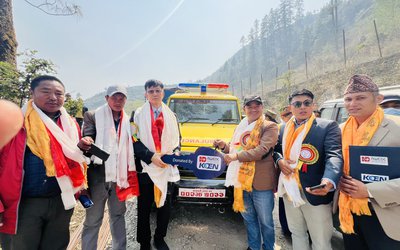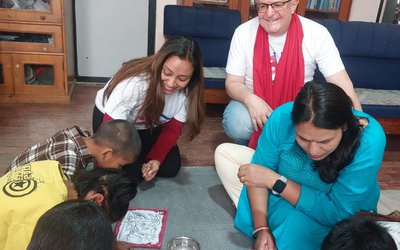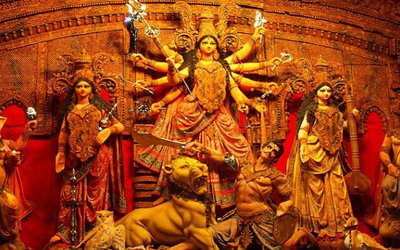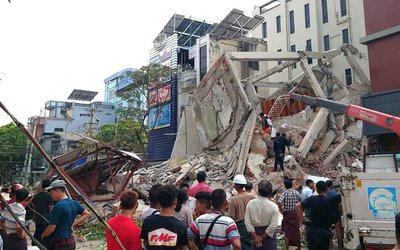For 4 complete decades the Himalayan Rescue Association (HRA) has been actively involved in treating patients and spreading the message of safety in the Himalayas. One main message that has been stressed time and again is that descent is the best approach to severe acute mountain sickness before it becomes life-threatening and changes to high altitude cerebral edema ( HACE) or high altitude pulmonary edema (HAPE). Every day in the spring ( March to May) and the fall ( September to November) volunteer doctors at the aid posts ( at Pheriche in the Everest region and Manang in the Annapurna region) have been giving these prevention lectures and trying to keep their talks simple and understandable so that people from various nationalities including Nepalis are able to comprehend and avoid altitude sickness and other related injuries in the mountains.
For example, the importance of frostbite prevention is paramount because once frostbite happens there is very little evidence-based medicine to help the patient. Not much has changed in the treatment of frostbite since the nineteenth century when Napoleon Bonaparte’s army succumbed to frostbite in its attempt to conquer Moscow in subzero temperatures. In the treatment of frostbite, there are no readily- available, cost- effective, modern breakthroughs in the context of Nepal. So prevention remains the main focus. The HRA tragically sees porters who suffer from severe frostbite even though it tries its best wherever possible to educate them beforehand about prevention aspects.
The HRA is only rarely involved in the actual “rescue” of climbers in the Himalayas with high-powered, medically-equipped, state- of- the art helicopters even though the HRA has been very effective in preventing altitude sickness, frostbite, hypothermia, and other mountain-related medical problems and injuries in the mountains.And for a developing country like Nepal doing all it can to prevent medical problems in the mountains is very sensible.
But its role is not just confined to prevention aspects of hypoxic ( low oxygen) illnesses. The HRA does effectively save lives and treat altitude illness and other problems ( infections including diarrhea, trauma and so forth) at the aid posts. In that sense ( treating the sick and the injured), it does “rescue” patients.
So in terms of dramatic helicopter rescue of injured climbers from the mountains, the word “rescue” in the HRA may be a misnomer; but clearly the HRA’s work is unparalleled in the annals of alpine rescue in South Asia for quietly carrying out methodical, conscientious, and challenging medical work ( and research) in the Himalayas for decades.

Buddha Basnyat MD
Buddha Basnyat, MD, MSc, FACP, FRCP, Director of the Oxford University Clinical Research Unit-Patan Academy of Health Sciences, Kathmandu.
- Altitude Sickness
- Feb 20, 2018
- Post-earthquake Nepal: The Way Forward
- Dec 13, 2015
- The Annapurna Sanctuary
- Nov 29, 2015
- Diarrhea at the Summit
- Nov 08, 2015
- Altitude Sickness ( AMS, HAPE, HACE)
- Oct 15, 2015















